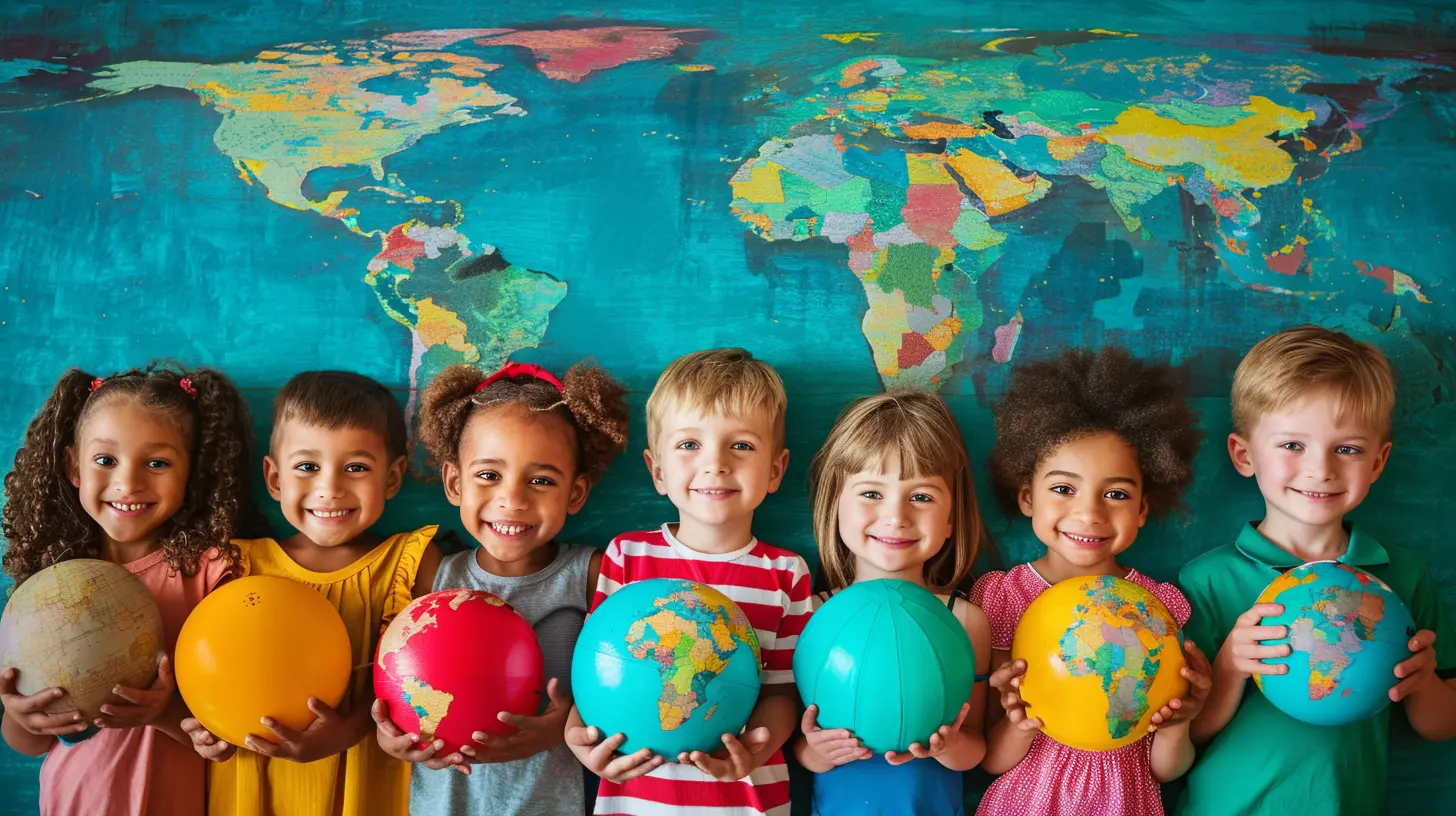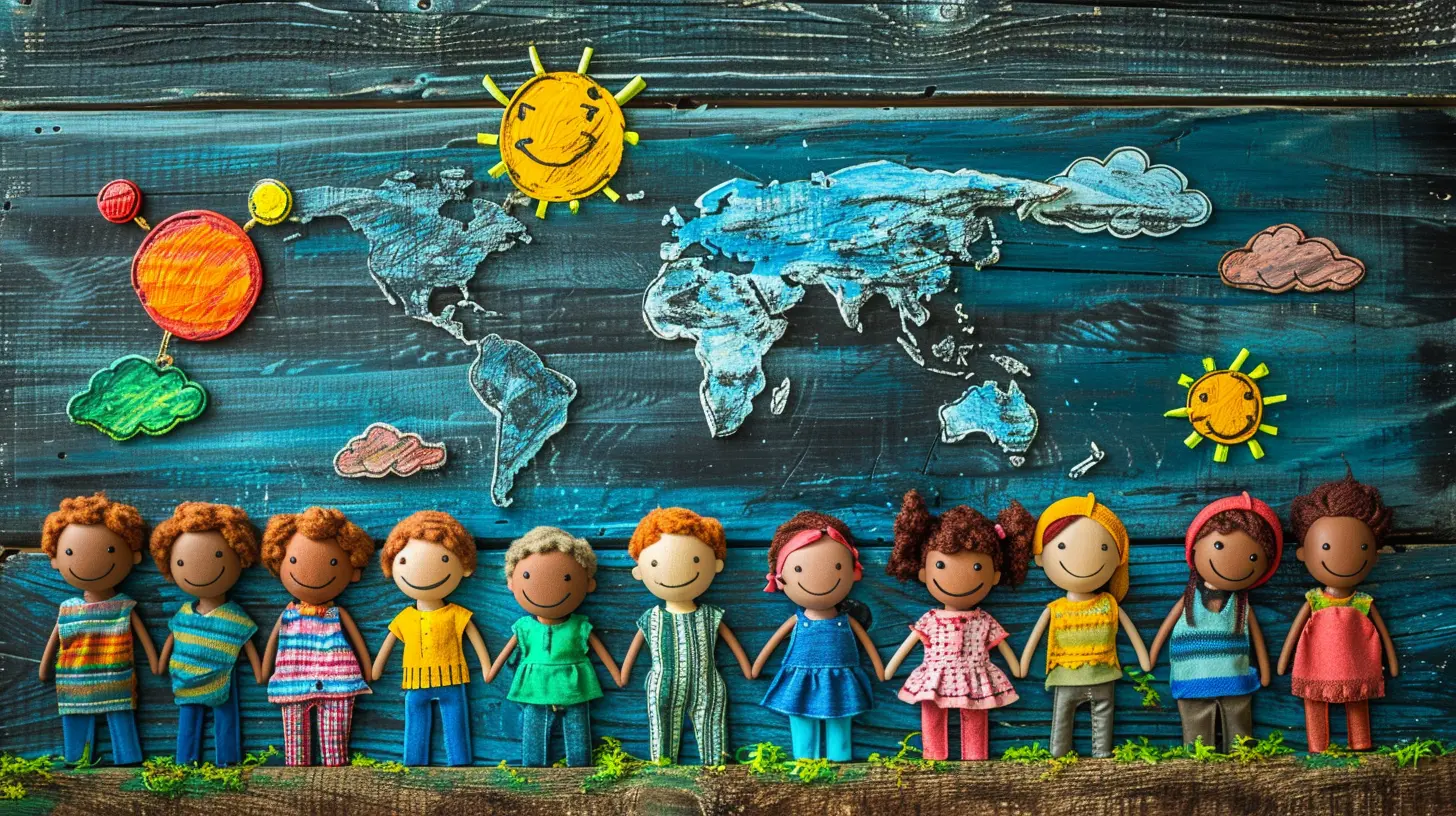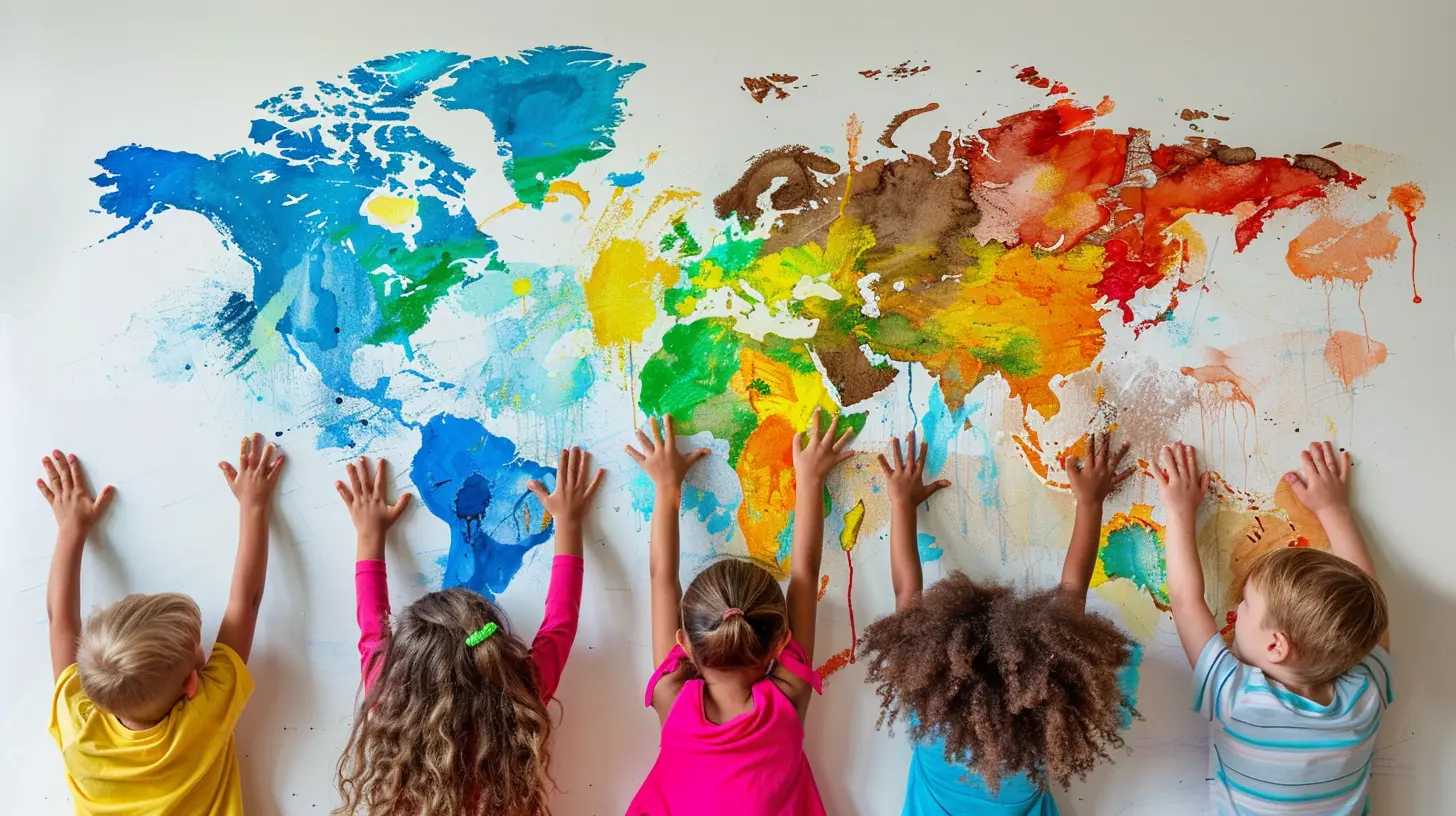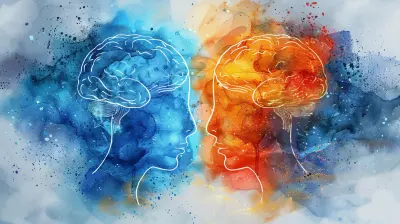Cultural Competence in the Global Classroom
27 July 2025
Introduction
Imagine walking into a classroom where students come from different corners of the world—each carrying unique traditions, languages, and perspectives. Sounds exciting, right? But it’s also a challenge! Bridging these cultural gaps isn't just about avoiding misunderstandings; it's about creating an inclusive learning environment where everyone feels valued.
That’s where cultural competence comes into play. In today’s interconnected world, mastering this skill isn't just an option—it’s a necessity for both educators and students. But what does cultural competence really mean, and how can we foster it in the global classroom? Let’s dive in! 
What is Cultural Competence?
Cultural competence is the ability to understand, appreciate, and interact with people from diverse cultures effectively. It’s not just about tolerance but about actively embracing different perspectives.Think of it this way: If a teacher only understands education from one cultural lens, they’ll struggle to connect with students from different backgrounds. But when they embrace cultural diversity, they create a more engaging and supportive learning space.
Cultural competence includes:
- Awareness: Recognizing that cultural differences exist
- Knowledge: Learning about different customs, traditions, and languages
- Skills: Communicating effectively across cultures
- Attitude: Being open to different perspectives without judgment 
Why is Cultural Competence Important in Education?
1. Promotes Inclusivity
A global classroom is a melting pot of cultures, and cultural competence ensures that every student feels seen and heard. Without it, students from minority backgrounds may feel alienated or misunderstood, which can be a huge barrier to learning.2. Reduces Stereotypes and Bias
Let’s be real, everyone has unconscious biases. But in a culturally competent classroom, students and teachers are encouraged to question assumptions and challenge stereotypes. This leads to a healthier, more respectful learning environment.3. Enhances Communication
Miscommunication is a major issue in diverse classrooms. A simple gesture or phrase could mean something entirely different in another culture! By developing cultural awareness, educators can prevent misunderstandings and ensure effective communication.4. Prepares Students for a Global Workforce
In today’s world, careers are no longer confined to one country. From tech industries to healthcare, cultural competence is a must-have skill. When students learn to navigate cultural differences early on, they’re better prepared for global interactions in the workplace.5. Encourages Critical Thinking
When students are exposed to different viewpoints, they learn to think critically rather than just accept one perspective as the "right" one. This fosters creativity, problem-solving, and broader worldviews.
Challenges in Developing Cultural Competence
While cultural competence is essential, building it isn’t always easy. Here are some challenges educators and students face:1. Language Barriers
Language can be a major roadblock. Imagine a student who struggles to understand instructions because English isn't their first language. Without proper support, they may feel excluded or fall behind.2. Cultural Misunderstandings
Something as simple as making eye contact can mean different things across cultures. In some cultures, eye contact is a sign of confidence; in others, it may be seen as disrespectful. Teachers must navigate these differences carefully.3. Resistance to Change
Let’s be honest—stepping out of our comfort zone can be tough. Some students (and even teachers) may resist embracing cultural diversity, often due to fear of the unknown or preconceived notions.4. Stereotypes and Bias
We all have biases, whether we realize it or not. The key to cultural competence is acknowledging these biases and actively working against them. But this requires ongoing self-reflection and a willingness to grow.
How to Foster Cultural Competence in the Global Classroom
Now that we know the challenges, let's talk solutions! Here’s how educators and students can build cultural competence:1. Incorporate Culturally Diverse Materials
A curriculum that only highlights one culture is outdated. Include books, case studies, and historical perspectives from different cultures to provide a well-rounded education.2. Encourage Open Conversations
Create a safe space where students feel comfortable discussing cultural differences. Encourage questions, debates, and storytelling—after all, we learn best from experience!3. Celebrate Cultural Events
Why stick to just one set of holidays? Celebrate diverse cultural events like Diwali, Lunar New Year, Hanukkah, or African Heritage Month. This not only educates students but also makes everyone feel included.4. Use Multilingual Resources
For multilingual students, learning in a new language can be overwhelming. Providing translation tools, bilingual books, or subtitles can make a world of difference.5. Develop Cultural Exchange Programs
Nothing beats first-hand experience. Schools can set up exchange programs, virtual global classrooms, or partnerships with international schools to expose students to new cultures.6. Train Educators in Cultural Competency
Teachers need training too! Schools should offer workshops and professional development programs to help educators become more culturally aware and adaptive.7. Adapt Teaching Methods
One-size-fits-all teaching doesn’t work in a diverse classroom. Some students learn best through group discussions, while others may prefer independent study. Understanding these differences can improve engagement and academic success.The Role of Technology in Cultural Competence
Technology has made it easier than ever to connect across cultures. Tools like Google Translate, Duolingo, and virtual exchange programs help bridge language and cultural gaps.Additionally, platforms like YouTube and TED Talks offer insights into global perspectives, allowing students to learn from different voices worldwide. The digital age provides endless opportunities to foster cultural competence.
Conclusion
Cultural competence isn't just a buzzword—it’s an essential skill for thriving in a diverse world. When educators and students actively embrace cultural differences, they create an inclusive, respectful, and engaging learning environment.Sure, there are challenges along the way, but with conscious effort and the right strategies, the global classroom can become a place where diversity is celebrated, not just tolerated.
So, whether you're an educator, a student, or a lifelong learner, ask yourself: How can I become more culturally competent today? The journey starts with curiosity, respect, and an open mind!
all images in this post were generated using AI tools
Category:
Global EducationAuthor:

Eva Barker
Discussion
rate this article
1 comments
Arianth Brown
Teaching kids to embrace differences: the ultimate global unity hack!
August 6, 2025 at 11:38 AM

Eva Barker
Absolutely! Embracing differences fosters understanding, empathy, and collaboration, essential for nurturing a harmonious global community.


